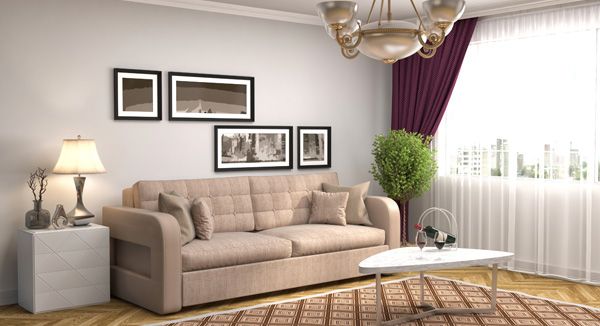Can My Landlord Take Photos of My Apartment?

It’s reasonable for a tenant to expect privacy with respect to the inside of their apartment, but it’s also reasonable for a landlord to sometimes want to be able to document the condition of the inside of the unit. Taking photos of the inside of the unit will be the most effective way to do so.
The Residential Tenancies Act, 2006 (RTA) permits a landlord to enter a unit on notice to conduct an inspection. The landlord may want to document the results of the inspection, particularly if the tenant claims that the unit is in need of repair. This was the situation in Nickoladze v. Bloor Street Investments/Advent Property Management (note: I represented the landlord). The tenant had brought a previous application before the Landlord and Tenant Board claiming that the apartment needed to be repaired, and the landlord entered the unit on notice to inspect the areas in question. The landlord took photos of those areas for use at the hearing of the tenant’s application. That application ultimately settled, but the tenant then brought a second application claiming that the landlord had breached the tenant’s privacy rights by taking the photos without the tenant’s consent. The tenant’s application was dismissed by the Board, and the tenant appealed to the Divisional Court.
There, the Court ruled that the taking of the photographs was not, in and of itself, unlawful. The unit was entered for a lawful purpose, and the photos were taken in direct response to the tenant’s complaints about the state of repair of the unit. Although it would have been “prudent” for the landlord to expressly state that photos would be taken during the inspection, there was no evidence that the photos would be used outside the hearing. The landlord didn’t breach the tenant’s rights. As such, the Divisional Court dismissed the tenant’s appeal.
But this decision doesn’t mean that your landlord has a blanket right to take photos of the inside of your apartment. For example, it may not be allowed if the photos were posted online because that could breach the tenant’s privacy. This issue could arise if the photos were being taken to market the unit for sale. Under the RTA, a landlord (or the landlord’s representative) is permitted to access the unit to take measurements or prepare diagrams of the layout of the unit to assist with the sale. However, the RTA does not permit a landlord to photograph the unit, or to post photos online.
In Juhasz v. Hymas, the issue was whether the tenant had wrongfully interfered with the landlord’s right to market the unit for sale by refusing to allow photos. The tenant was willing to allow the landlord’s representative to take measurements of the inside of the unit, but objected to her family’s personal possessions being photographed and published online. The landlord successfully argued before the Board that the tenant had interfered with his right to market the unit for sale, but the Divisional Court overturned it on the basis that the RTA did not expressly permit the taking of photos as part of marketing a unit for sale. The Court concluded that requiring a tenant to allow her apartment and personal possessions to be photographed would be a breach of the tenant’s right to privacy.
Given these decisions from the Court, some relevant considerations include:
- Is the landlord acting in the course of a right given under the RTA and/or under the lease with the tenant (e.g., to inspect the unit, to market the unit for sale, etc.)?
- If so, does the RTA and/or the lease give the landlord the express right to take photos in the circumstances?
- If not, would the taking of the photos be likely to breach the tenant’s right to privacy (e.g., would the photos be used in a way that they would be disseminated broadly, or would they be used for a narrow purpose and not made available to the general public)?